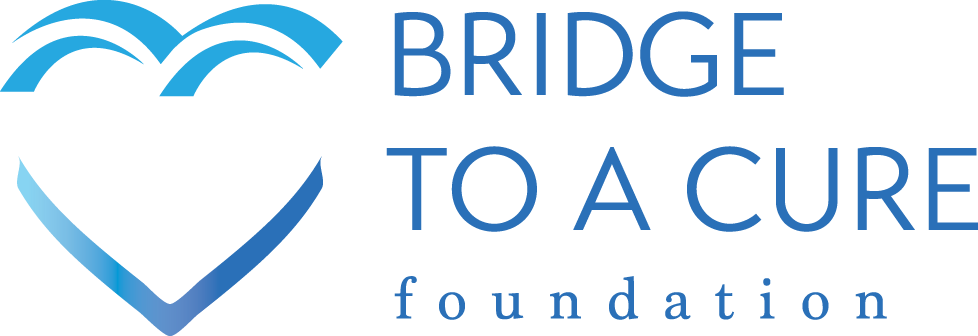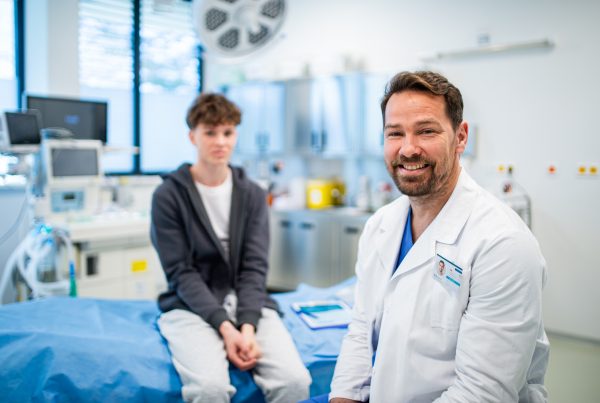Nonprofits must change how they do business.
There are more than 1.5 million nonprofits in the United States – an average of 40 for every US zip code – including countless charities devoted to fighting cancer and childhood cancer in particular. From small family foundations started in memory of a loved one who lost the fight, to huge organizations devoted to researching new drugs and treatments, they are spending donor money without the benefit of all available information, the latest investigative technology, strong executive leadership, and good governance. It’s time for donors to say enough is enough! Introducing the Millennial Nonprofit, where people who want to help make a better world donate their time, labor, and money.
Here’s why the time has come for donors to demand that the nonprofit(s) they support, change how they do business.
Despite billions of dollars raised and spent, nonprofits have failed to deliver the cures and effective treatments desperately needed by so many children facing the horrors of cancer. Only a common cause – creating a national database containing everything we know about pediatric cancer – can shift us out of this philanthropic inertia.
It’s time for donors to demand more from the nonprofits they support. It’s time for donors to demand all such charities put at least 10 percent of their donations toward building a robust national database containing everything we know about these diseases. This the single most important thing childhood cancer charities can do to actually win the war against these diseases, for several reasons.
First, it will give researchers access to all available information on the diseases, drugs and treatments in a “one stop shop.” This will empower our best minds to identify patterns that will help them prevent, diagnose, treat, and ultimately cure cancer. Researchers are beginning to leverage the power of data to sequence cancer genomes and guide patient treatment and diagnoses. A robust database will allow them to train the full power of the information age on the diseases that rob kids of life and health.
Second, it will allow them to use the power of Artificial Intelligence and Machine Learning to fight childhood cancer. Scientists are using these technologies now in a limited fashion in adult forms of cancer to improve early detection, reduce false positives and unnecessary surgery, and improve screenings. If the cancer charity you support does not focus on data and AI, demand that they start, so we will be ready to leverage the full potential of a national pediatric cancer database.
Third, donors should demand the charities they support fund a robust national pediatric cancer database to overcome hurdles posed by the existing patchwork of data. Currently, “data scientists have to deal with unstructured electronic health records and data coming from multiple sources that has been collected and structured for different purposes. Most routine databases do not have sufficient quality to be used by AI algorithms to achieve the quality standard required for clinical trials.”
There are additional things that those of us supporting pediatric cancer charities must do to overcome the inertia that now grips the nonprofit sector, including assessing qualifications and demanding accountability from nonprofit leadership.
Nonprofits lack anything approaching the kind of governance that’s standard in the corporate world, and are often managed by people who lack solid business experience. Yet donors continue to write checks because they believe in the cause. This leads to misuse of donor dollars, as several high-profile cases have shown.
“Several cancer charities are notorious for using the donated money very inefficiently,” blogger Arthur Haines wrote in “Why I Don’t Support Cancer Charities.” He pointed to a yearlong study by the Tampa Bay Times and the Center for Investigative Reporting that put the Cancer Fund of America and the American Breast Cancer Foundation on its list of the five worst charities in the US with regard to how they spend donations.
“The Cancer Fund of America spends 82 percent of its donations for fundraising – that is, 82 percent of the money you donate goes in the pockets of for-profit fundraisers. The American Breast Cancer Foundation spends only 30 percent of the money it raises on programs that support its mission; the other 70 percent is spent on fundraising and administrative expenses. Cancer is clearly a lucrative business,” Haines wrote.
Demand accountability for the dollars you donate. Sites such as www.charitynavigator.org can help you choose nonprofits that use donor dollars efficiently. If you serve on a board for a nonprofit, insist that candidates for leadership show credentials and a record of performance.
“Boards that don’t pay attention to executive evaluation and compensation are opening the organization up to serious risk,” notes boardsource.org, an organization that provides guidance on how nonprofits should be governed.
As discussed in my last post, the millennial generation is changing how corporate America operates, and is likely to do the same in the nonprofit sector. They will demand real results for the dollars they donate and will not stand for perpetual fundraising minus meaningful results. They will insist on accountability. We all should. And they will only want to work for nonprofits that are making meaningful progress. The millennial nonprofit must meet this generation’s demands for accountability and results.
Pediatric cancer research is heavily reliant on donations from private foundations. Donors to these foundations and other childhood cancer can make a difference, by demanding they join the push to build a robust national pediatric cancer database. Such a database must include information from every single institution involved in pediatric cancer, including research, patient data, clinical studies on drugs, and research into promising alternative therapies.
Three more reasons we need to build a national pediatric cancer database:
- Researchers support it: “The falling costs and increasing fidelity of high-throughput biomedical research data have led to a renaissance in cancer surveillance and treatment,” according to the Data Commons to Support Pediatric Cancer Research, an initial effort underway at the University of Chicago. “Yet, the amount, velocity, and complexity of these data have overcome the capacity of the increasing number of researchers collecting and analyzing this information. AI will allow researchers to make sense of the vast amount of oncology data now available and increase the efficiency, power, and impact of research.”
- Oncologists want it: The Children’s Oncology Group maintains a childhood cancer registry of infants, children, adolescents, and young adults with cancer called Project: EveryChild, which supports current and future therapeutic clinical trials and the discovery efforts that will lead to more effective therapies, prevention, earlier detection, and reductions in early and late effects of treatment.
- Patients and families deserve it: Children and their families facing a diagnosis of cancer need hope for the future, in the form of real progress toward cures and life-sustaining treatments that can help kids survive until cures are found. They deserve to know we are doing everything within our power to combat cancer before it can claim more young lives.
Creating a national database for pediatric cancer will provide the unified mission that’s now lacking among nonprofits. All organizations should be willing to contribute a portion of the dollars they raise toward this important goal. In the mission to cure pediatric cancer; this is the most important contribution charities can make.
To learn more about the Bridge to a Cure’s effort to improve our approach pediatric cancer research and how you can support this initiative, visit www.bridgetoacure.org.






